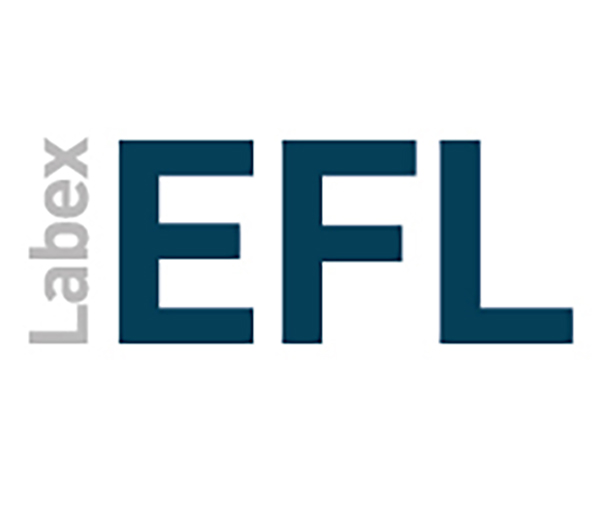The Expression of Upward Motion by Russian Speakers Acquiring French or English as a Foreign Language
| Titre | The Expression of Upward Motion by Russian Speakers Acquiring French or English as a Foreign Language |
| Publication Type | Article de revue |
| Année de publication | 2018 |
| Authors | Iakovleva, T., and Doriane Gras |
| Journal | Modern Language Journal |
| Volume | 102 |
| Issue | 2 |
| Start Page | 416-430 |
| Pagination | 416-430 |
| Date de publication | 26 March 2018 |
| Type of Article | Jounral Article |
| Abstract | Research on multilingual acquisition has investigated various combinations of languages to identify the factors determining how learners express motion. Our research examines the semantics of motion expression in learners whose first language (L1) exhibits more variation than their foreign language (L2/L3). The present study compares upward motion expression in L1Russian instructed learners of L2English and L3French at an elementary level of proficiency. Drawing on second language acquisition (SLA) scenarios reported in previous research literature, we examine the extent to which the learners approximate target patterns. L2/L3 users and L1 control groups orally described animated clips (Hendriks & Hickmann, 2011) showing animals performing voluntary upward motion. Results show that, despite the use of neutral generics, L3French learners successfully approximated a verb‐framed pattern typical of L1French. L3French learners also showed the emergence of additional target motion components. L2English learners heavily relied on generic neutral verbs, which were used only occasionally by L1 speakers of English and never by L1 speakers of Russian. We argue that the learners’ approximation of a target system depends on the degree of overlap between generic means of motion expression available in a target language and its typical target means of motion expression. |
| URL | https://onlinelibrary.wiley.com/doi/full/10.1111/modl.12472 |
| DOI | 10.1111/modl.12472 |




